 Click the text to follow immediately
Click the text to follow immediately
“Mutual generation and restriction” originally refers to the ancient Chinese concept of the Five Elements (Metal, Wood, Water, Fire, Earth) and their interdependent and mutually restraining relationships. This concept can also be applied to certain eye diseases or changes in the eyes. “Generation” indicates the causative factors or risk factors for disease, while “restriction” refers to the restraining or protective factors. Below, we will explore these relationships.
PREFACEEye Diseases Related to ‘Generation’—Causative Factors or Risk Factors 1 Hyperopia and Amblyopia
1 Hyperopia and Amblyopia
Parents often ask me: Dr. Wang, is my child’s vision hyperopia or amblyopia? I always respond: It is amblyopia caused by hyperopia.
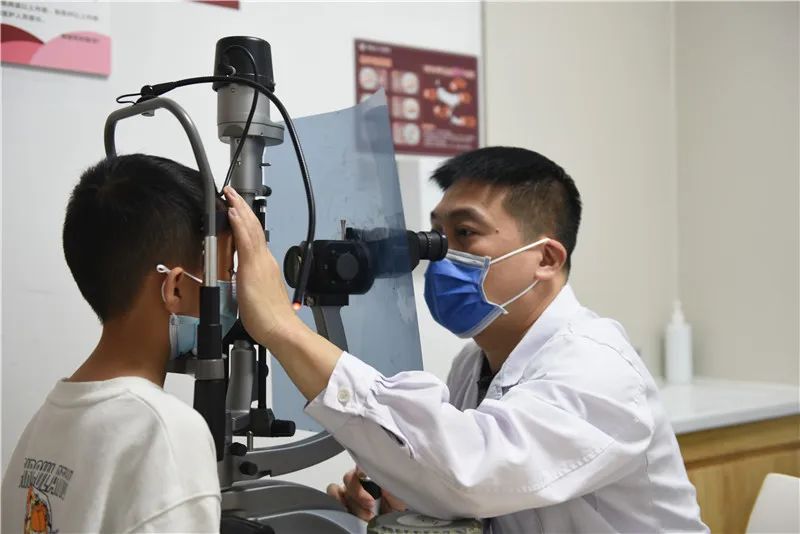
Generally, a person’s eyes are not fully developed until the age of 12. During this period, if there are issues with seeing both far and near clearly, it can affect eye development and potentially lead to amblyopia. The main causes of not being able to see clearly at both distances are high hyperopia, high myopia, and moderate to high astigmatism. Particularly, high hyperopia often leads to more severe amblyopia.
 2 High Myopia and Retinal Degeneration, Choroidal Atrophy
2 High Myopia and Retinal Degeneration, Choroidal Atrophy
Generally, myopia exceeding 600 degrees is classified as high myopia. The majority of myopia is axial myopia, which occurs due to the elongation of the eyeball. Mild and moderate axial myopia does not pose significant harm to the eyes, but high axial myopia can be quite serious.
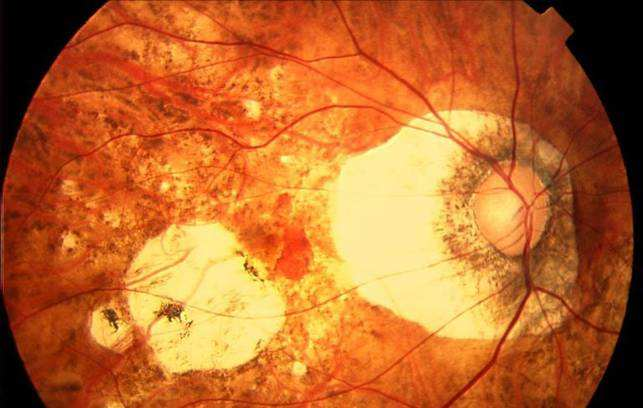
As the eyeball excessively elongates, the wall of the eyeball becomes thinner, leading to retinal degeneration and choroidal atrophy (the image above shows severe retinal degeneration and choroidal atrophy). This can be likened to inflating a balloon; if the balloon is inflated too much, the wall becomes thin, increasing the risk of bursting.
 3 Hyperopia and Presbyopia, Glaucoma
3 Hyperopia and Presbyopia, Glaucoma
Low hyperopia (not exceeding 300 degrees) generally does not affect eye development, and individuals may feel that their distance vision is good. Some people with mild hyperopia may take pride in their good distance vision when they are young. However, one should not be too complacent, as mild hyperopia can lead to early symptoms of presbyopia, typically around the age of 40. Additionally, compared to myopes, hyperopes have a higher likelihood of developing glaucoma.

 4 Cataracts and Glaucoma
4 Cataracts and Glaucoma
The swelling and overripe stages of age-related cataracts can trigger glaucoma or lead to secondary glaucoma, which requires attention.
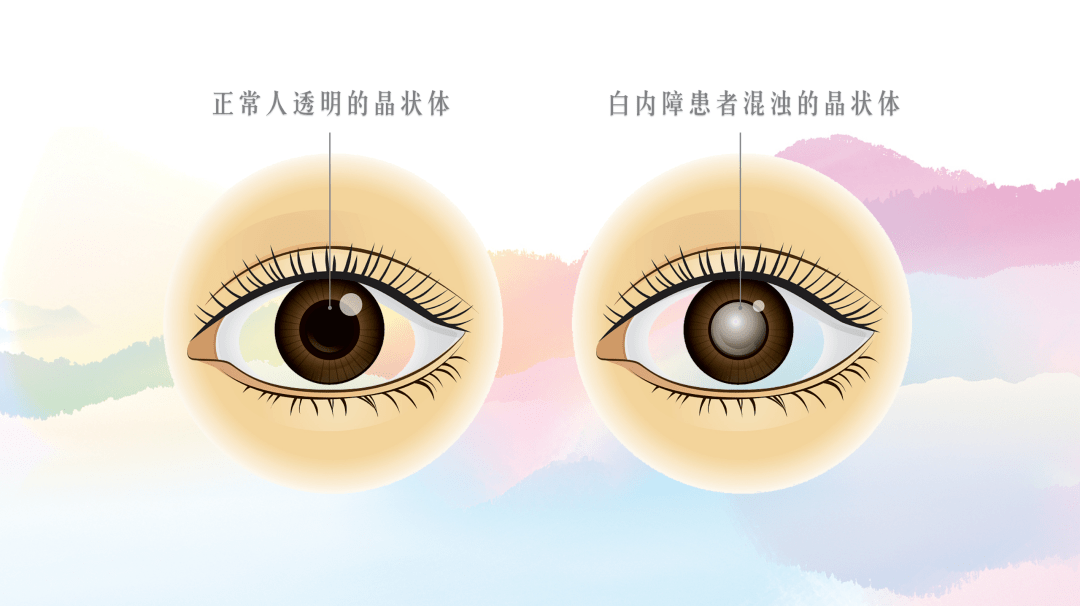
Eye Diseases Related to ‘Restriction’—Restraining or Protective Factors 1 Hyperopia and Myopia
1 Hyperopia and Myopia
Under normal circumstances, most infants and toddlers should have a low degree of hyperopia. As the eyeball develops and normalizes, the degree of hyperopia generally decreases. If there is excessive near work or other genetic factors, the eyeball may elongate further, leading to myopia. Both low hyperopia and low myopia have minimal impact on eye health, so there is no need for excessive concern. However, high hyperopia and high myopia can significantly affect eye health and require special attention.

 2 Myopia and Angle-Closure Glaucoma
2 Myopia and Angle-Closure Glaucoma
Generally, myopic eyes have a longer axial length, while angle-closure glaucoma has a shorter axial length. Therefore, the likelihood of myopic eyes developing angle-closure glaucoma is relatively low.
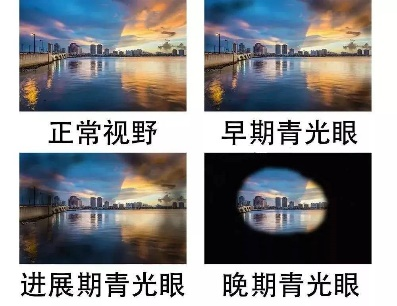
 3 Myopia and Diabetic Retinopathy
3 Myopia and Diabetic Retinopathy
Medical research indicates that myopia serves as a protective factor against diabetic retinopathy, with the degree of myopia being negatively correlated with the severity of diabetic retinopathy. In other words, myopes have a lower likelihood of developing severe diabetic retinopathy.
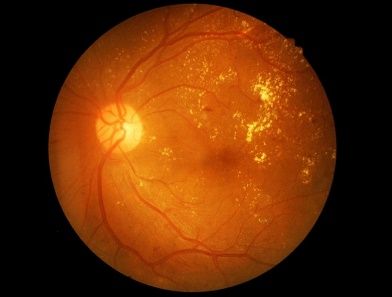
 4 Myopia, Against-the-Rule Astigmatism, and Presbyopia
4 Myopia, Against-the-Rule Astigmatism, and Presbyopia
Many people believe that myopes do not develop presbyopia, thinking that myopia is the nemesis of presbyopia. Although ophthalmologists will tell you that the belief that “myopes do not develop presbyopia” is incorrect, if you insist on believing it, it cannot be considered wrong. Additionally, low against-the-rule astigmatism can also assist with near vision.

 5 Cataracts and Macular Degeneration
5 Cataracts and Macular Degeneration
Cataracts can block light from entering the eye, which should provide some protective effect on the macula of the retina in adults. However, cataracts can also obscure vision, and if there is any degeneration in the macula, it can further complicate the diagnosis and treatment of macular degeneration.
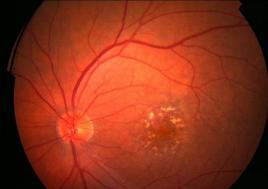
In summary, mutual generation refers to causative factors or risk factors, while mutual restriction refers to restraining or protective factors. Any eye disease should be detected and treated as early as possible. In recent years, the theme of National Eye Day has been related to “concern for common eye health,” making regular eye examinations very important.
 Henan Provincial People’s Hospital Henan Provincial Eye HospitalWang Shulin, MD, Associate Chief Physician, Senior Optometrist, Academic Leader in Zhengzhou, Member of the Technician Evaluation Committee of the Optometry Industry in Henan Province, Member of the Ophthalmology Committee of the Henan Provincial Preventive Medicine Association, International Scholar at Wills Eye Hospital, USA. He leads a National Natural Science Foundation project on vector analysis of astigmatism and has published over 30 academic papers in ophthalmology. He specializes in the diagnosis and treatment of astigmatism, high myopia, complex refractive errors, corneal diseases, and retinal diseases.
Henan Provincial People’s Hospital Henan Provincial Eye HospitalWang Shulin, MD, Associate Chief Physician, Senior Optometrist, Academic Leader in Zhengzhou, Member of the Technician Evaluation Committee of the Optometry Industry in Henan Province, Member of the Ophthalmology Committee of the Henan Provincial Preventive Medicine Association, International Scholar at Wills Eye Hospital, USA. He leads a National Natural Science Foundation project on vector analysis of astigmatism and has published over 30 academic papers in ophthalmology. He specializes in the diagnosis and treatment of astigmatism, high myopia, complex refractive errors, corneal diseases, and retinal diseases.

● International Nurses Day, honoring those who bravely move forward!
● Innovative work methods, motivational interviews to strengthen nurse-patient relationships
● Fun science popularization videos made by ophthalmologists to help you understand the hidden dangers of blindness—glaucoma
● Good news for high myopia! New artificial lens implantation surgery (ICL) with the new V4 lens is here!
Contributed by: Wang Shulin
Edited by: Zhang Yichen
·END·
Please pay attention
96195 (24-hour hotline for provincial hospital);
0371-87160551 (Ophthalmology Consultation)
0371-87160580 (Ophthalmology Emergency)
Henan Provincial People’s Hospital
Henan Provincial Eye Hospital
Henan Provincial Eye Research Institute
Address: 200 meters east of the intersection of Weiwu Road and Jingsan Road, Jinshui District, Zhengzhou, Henan Province
Website: http://www.eyehospitalhn.com

 Your shares, likes, and views are all appreciated!
Your shares, likes, and views are all appreciated!

